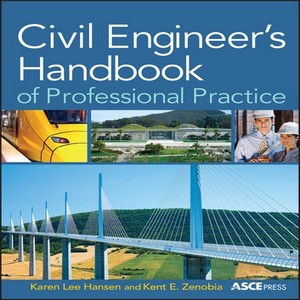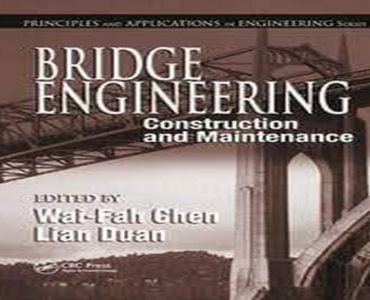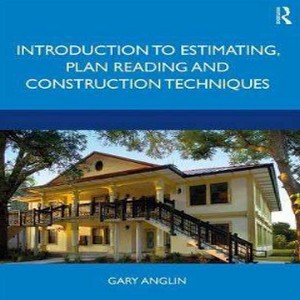Civil engineers handbook of professional practice
By Karen Lee Hansen and Kent E. Zenobia
The American Society of Civil Engineers (ASCE) has made a concerted effort to work with ABET (formerly named the Accreditation Board for Engineering and Technology) in order to assure that civil engineering education anticipates and responds to the profession’s evolving needs.
The ASCE has formed several task forces over the last decade not only to address these needs in the present but also to foresee significant trends.
The ASCE has incorporated these findings in multiple reports and policy statements, including: Policy 465—Academic Prerequisites for Licensure and Professional Practice; the vision articulated by the Summit on the Future of Civil Engineering— 2025; and the Civil Engineering Body of Knowledge for the 21st Century (BOK1-2004 and BOK2-2008).
Policy 465 supports the concept of the master’s degree or equivalent as a prerequisite for licensure and the practice of civil engineering at the professional level.
The attendees of the Summit on the Future of Civil Engineering—2025 articulated a vision that sees civil engineers as being entrusted by society to be leaders in creating a sustainable world and enhancing the global quality of life.
Each of the BOK2’s 24 outcomes could command its own textbook.
The goal of Civil engineers handbook of professional practice is to provide an easily understood and readily usable resource for civil engineering educators, students, and professional practitioners that develops overall understanding and points readers to additional resources for further study.
Civil engineers handbook of professional practice distills 15 of the BOK2’s outcomes (six technical outcomes and all nine professional outcomes), as well as other relevant issues.





Reviews
There are no reviews yet.